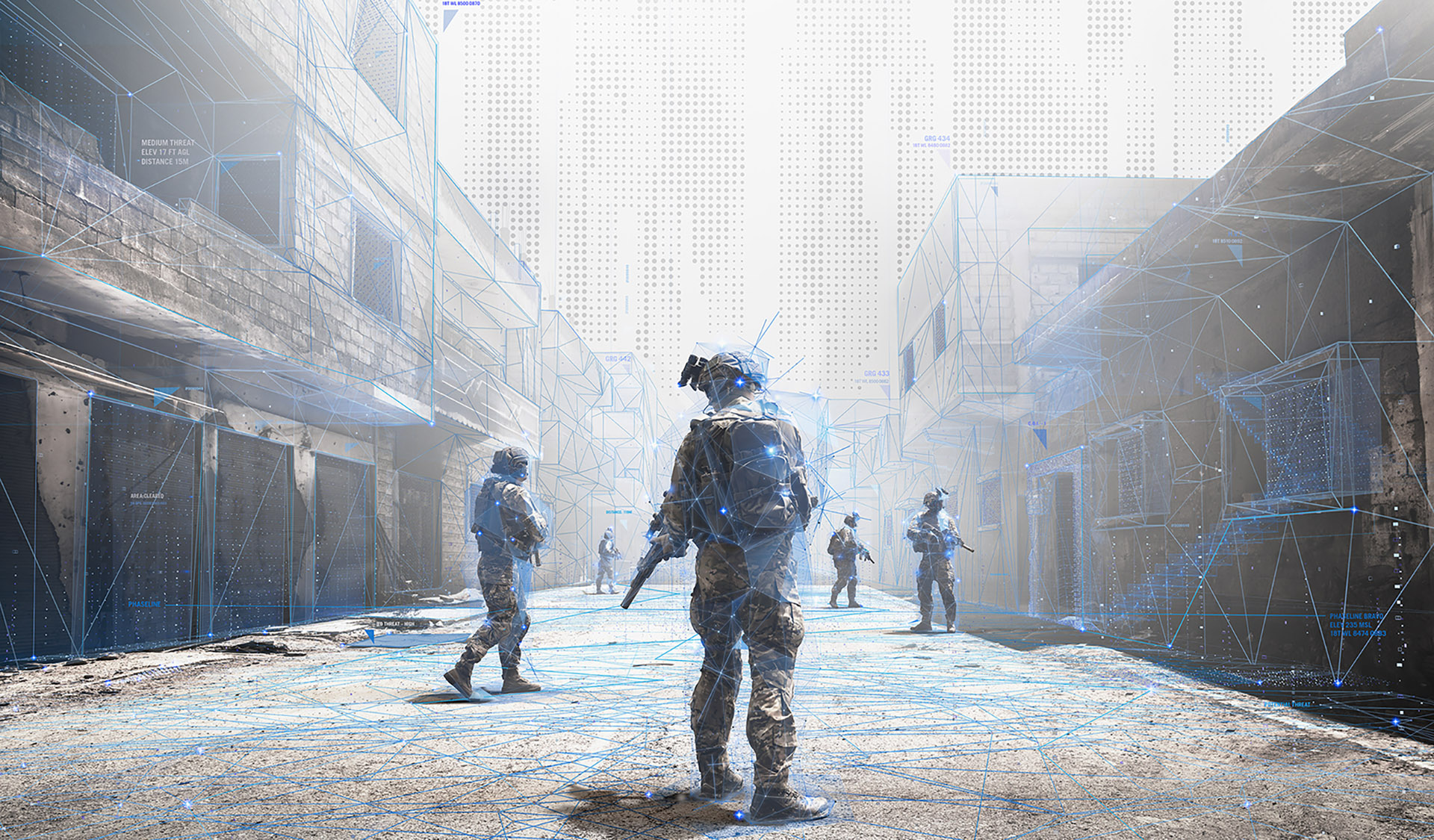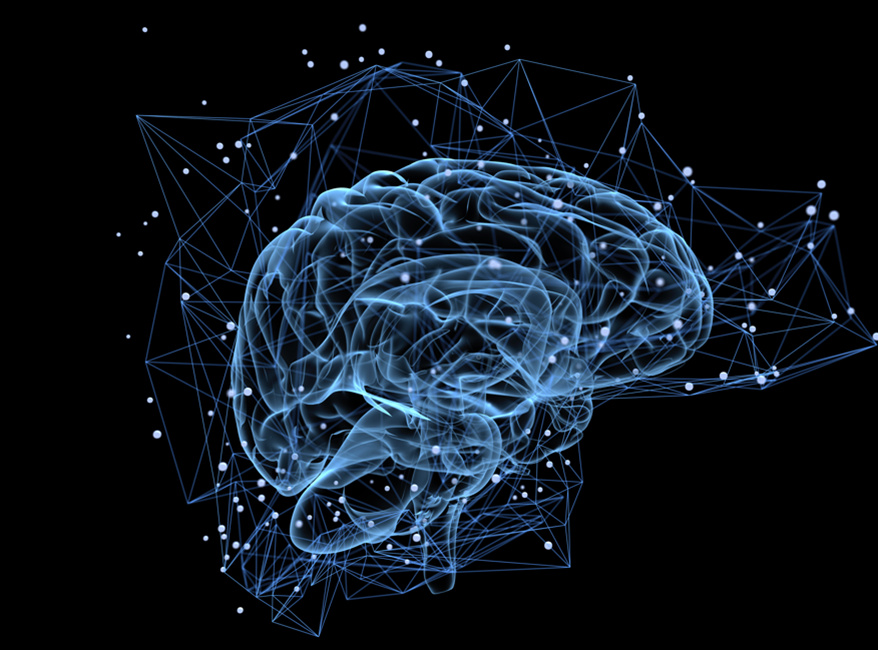Overview
The OpenCentric Intelligence Research group stands at the forefront of pioneering artificial intelligence capabilities from robotics and biology to the frontiers of medicine, chemistry, geophysics, space exploration, ecology, and economics. Our research transcends traditional boundaries by pushing the limits of knowledge in deep neural networks, contributing groundbreaking advancements that cultivate innovation and redefine possibilities across multifaceted fields.

OpenCentric Neural Network
As artificial intelligence continues to evolve, the quest for achieving human-like capabilities remains a central focus
of global research and development. OpenCentric's research paper delves into the intricacies of neural networking architecture
and crucial components of data input, hidden layers, and output. By enhancing these elements, we aim to propel AI systems
toward a level of sophistication that closely mirrors human cognitive processes. Through existing methodologies and novel
approaches, we present insights into how advancements in neural networking architecture can revolutionize AI capabilities
and strive to bridge the gap between machine and human intelligence.
Data Input:
Data input is the foundation upon which human-like AI capabilities develop and the importance of diverse and
comprehensive datasets in training neural networks. First, preprocess raw data to enhance relevance and contextual
understanding, considering the significance of data quality, diversity, and representation in shaping the learning process.
Hidden Layers:
The hidden layers within neural networks act as the neural substrate that processes and extracts intricate
patterns from the input data. This section investigates the optimal design and configuration of hidden layers,
considering factors such as depth, width, and connectivity to imbue AI systems with the capacity for nuanced
and contextually rich information processing.
Output:
The output layer of a neural network determines the system's ability to generate responses and decisions.
Here, we scrutinize methodologies for refining output layers to ensure human-like reasoning, decision-making,
and response generation. An emphasis is placed on explainability, interpretability, and ethical considerations
to align AI outputs with human cognitive processes.
Challenges and Future Directions:
Acknowledging the complexities inherent in replicating human intelligence, we discuss the challenges encountered
and propose potential avenues for future research. Considerations include ethical implications, scalability, and
the integration of interdisciplinary perspectives to cultivate holistic advancements in AI.
OpenCentric Resource Group is comprehensively exploring these components within neural networking architecture
to catalyze further innovation and bridge the gap between machine learning and human cognition. This work contributes
to the ongoing discourse on shaping the future of AI and its transformative impact on diverse industries.

What will define the next generation?
Robust survivability, mission effectiveness, and rapidly adaptable systems - delivered quickly through digital transformation. As we expand our AI and autonomy capabilities for the US military, public, and private companies, we're building AI systems that will enable them to increase mission success in the harshest and most unpredictable of situations.

 OpenCentric
OpenCentric